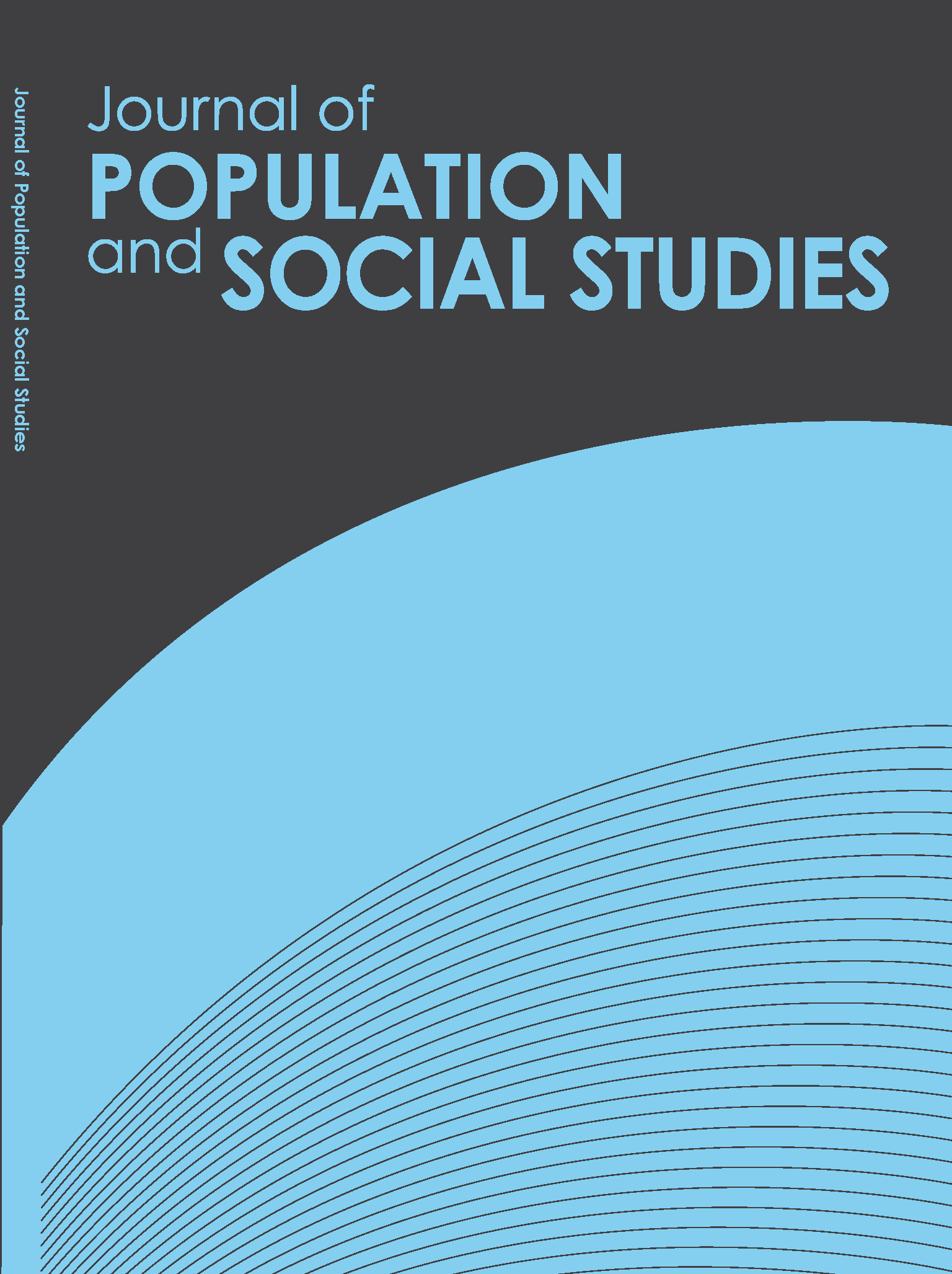Unsafe Abortion: an Inequity in Health Care, Thailand Perspective
Main Article Content
Abstract
“Women are not dying of diseases we cannot treat, they are dying because societies have yet to make the decision that their lives are worth saving” (Fathalla, 2006).
“The underlying cause of morbidity and mortality from unsafe abortion today are not blood loss and infection but rather apathy and disdain toward women” (Grimes et al., 2006).
Each year worldwide up to 68,000 women die due to unsafe abortion. Many thousands more are maimed for life from complications of unsafe abortion. In Thailand, up to 10-15 percent of maternal deaths are due to unsafe abortion. Many thousands of women are still hospitalized because of this preventable pandemic. The National Health Security Office had spent 150 million Baht of the annual health care budget on treating complications arising from unsafe abortion.
Unsafe abortion is the termination of unintended or unwanted pregnancy by an unskilled individual without the necessary skill or conducted in a place that does not meet minimum medical standards. Among the factors that can lead to unsafe abortion are socio-economic, politic, religion and belief, legal, health care system, health care provider, and technology.
The main barrier to the access of safe abortion service in Thailand is the negative attitude towards abortion on the part of health care providers. To rectify this there has to be a paradigm change in society and among health care providers.
Article Details
References
Arisi, E. (2003). Changing attitudes towards abortion in Europe. Eur j Contracept Reproductive Health Care, 8(2), 109-21.
Arthur, J. (2014). Commentary: Why the UK does not need an abortion law at all: Abortion review. Bpas publication London.
Berer, M. (2000): Making abortions safe: a matter of good public health policy and practice. Bull World Health Organization, 78, 580-592.
Boonthai, N., Tantives, S., Tangchareonsathien, V., & Chaturachinda K., (2010). Improving access to safe termination of pregnancy in Thailand: An analysis in policy development from 1999-2006. In Abortion in Asia Local Dilemma, Global politics. Ed Whittaker A: Publisher Berghahn Books.
Bpas. (2014). Abortion Law Reformers Pioneers of change. Bpas publication London.
Canada abortion law (2008). Abortion Laws Around the World. Retrieved from http://www.nafcanada.org/legal-abortion-ca.html
Chaturachinda, K. (2011). Unsafe abortion still a thorn in reproductive life of women in Thailand: in Chatchaval Memorial Oration. RTCOG congress book, 1-6.
Chaturachinda, K. (2014). Unsafe abortion in Thailand: Roles of RTCOG. Thai Journal of Obstetrics and Gyanecology, 22, 2-7.
Chaturachinda, K. (2016). The role of RTCOG in prevention of maternal mortality and morbidity from unsafe abortion in Thailand: in Luang Waithayesrangul Memerial Oration, RTCOG Congress Book, 67-76.
Crane, B. B., & Dusenberry, J. (2004). Power and politics in International funding for reproductive health: the US Global Gag Rule. Reproductive Health Matters, 12, 128-137.
Campbell, C., Foulis, C. A., Maimane, S., & Sibiya, Z. (2005). I have an evil child at my house: stigma and HIV/AIDS management in a South African community, American Journal of Public Health, 95(5), 808–15. doi: 10.2105/AJPH.2003.037499


